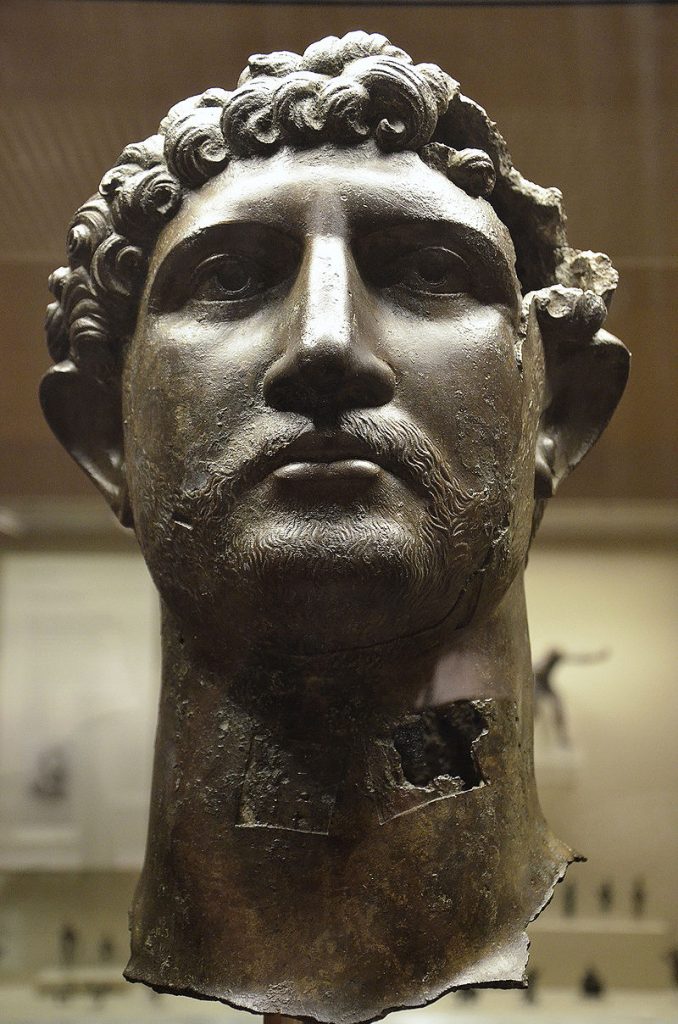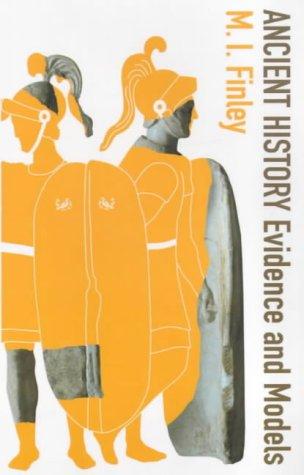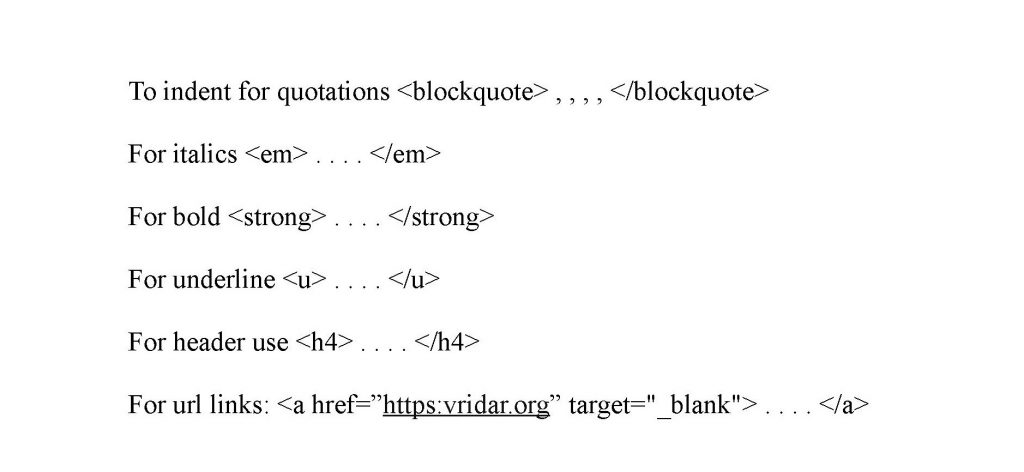I don’t mean “ha ha” funny; I mean “something fishy” funny.
I posted not so long ago a biblical scholar’s sophistry in order to effectively erase any difference between a historian’s “facts” and a historian’s “hypothesis”. Clearly not having read even some of the most foundational discussions about the relationship between a historian and his/her facts (e.g. Collingwood, Carr, Elton, Finley, Evans) our biblical scholar argued that it was a “hypothesis”, an “argument”, that Germany invaded Poland in 1939, “justifying” the claim by resorting to theoretical models of probability. Well, the argument sounded good enough for another biblical scholar to write up praise of such an “informative” post and encourage others to read it by bizarrely declaring the post to be a
really . . . great example of the kind of balanced perspective on the matter that is all but universal among mainstream historians and scholars in related fields.
Doing History Fearfully or Intelligently
The same scholar encouraged readers to take in a lesson set out by another blogger, Steve Wiggins, who did have a more serious and saner message than the one confusing real-world facts with arguments and hypotheses. We move on now from the fishy funny and get to something more serious. Wiggins is writing as a believing Christian and the problems such a person faces when trying to recover the original faith as it was first delivered:
History, to get back to my opening assertion, is not fixed. It’s also tied to the dilemma that I often face regarding religion. Since Jesus of Nazareth never wrote anything down, and since Paul of Tarsus was writing to specific groups with their own issues, no systematic theology of Christianity emerged during that crucial first generation. [The Bible is] a problematic source, however, and systems built upon it have also continued to evolve. Herein lies the dilemma. With stakes as high as eternal damnation, the wary soul wants to choose correctly. There is no way, though, to test the results.
Eventually a decision has to be made. Christian history is full of movements where one group or another has “gone back” to the foundations to reestablish “authentic” Christianity. The problem is that centuries have intervened. That “original” worldview, and the sources to reconstruct that worldview, simply no longer exist. The primitivist religions have to back and fill a bit in order to have any foundation at all. What emerges are hybrid religions that think they’re pristine originals. Historians know, however, that no originals exist. We have no original biblical manuscripts. Teachings of Catholicism, and even Orthodoxy, change in response to the ongoing nature of human knowledge. History contains no instructions for getting behind the curtain to naked reality itself. At the same time the stakes have not changed. The consequences are eternal. Those who choose must do so wisely.
That is from a post aptly titled The Problem with History. I have no intention of arguing against Steve’s faith or the dilemma he faces, but what I find interesting is the opposite approach to history, one that I much prefer to embrace, in an article by Philip R. Davies that I read not long ago. (Some readers may recall that a Martin Lewadny offered to post an article for other readers and I am linking to it here: Reading the Bible Intelligently.)
just as no modern expert on Plato is expected to be a Platonist (even of the Middle or Neo-sort), no Bible expert should be expected to accept the ideas it puts forth, far less believe in its god(s) or its divine origin. . . .
The Bible is far too interesting and enjoyable — too important, even — to be left to the religious, who have done as much damage as good with it.
Davies is speaking specifically of the Old Testament but exactly the same point applies for readers of the New Testament:
(there is no need to treat the narrative as historical unless you want to miss the point entirely).
Of the contradictions one finds in the various “historical” narratives Davies says
Again, these separate visions do not argue with each other, but are laid out side by side, inviting — requiring — the reader to discriminate, interrogate, decide on what the perfect society might look like. It is both a more eloquent and a more open presentation than, say, Plato’s Republic: it is, as followers of Bakhtin would declare, dialogic. Thus, its multiple voices demand intervention from the reader. They are not presented as authoritative, even though each comes from the mouth of the same god. They demand to be discussed! . . .
The Bible is rich in philosophy: only the unintelligent, or those let down by the experts, think that it is merely myth, history, or divine law, or oracles, or sacred poetry.
. . . . it is more comfortable to view the Bible as obsolete mythology or merely as wonderful literature.
Parachuting Before the Plane Takes Off
And one more example of “two ways of doing history”. . . . Continue reading “Some Very Funny and Some Very Serious History”







